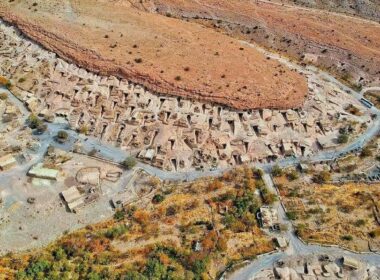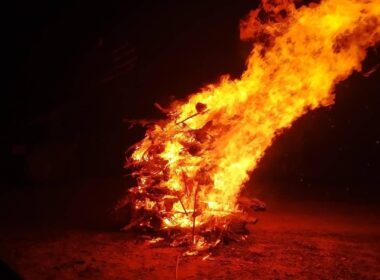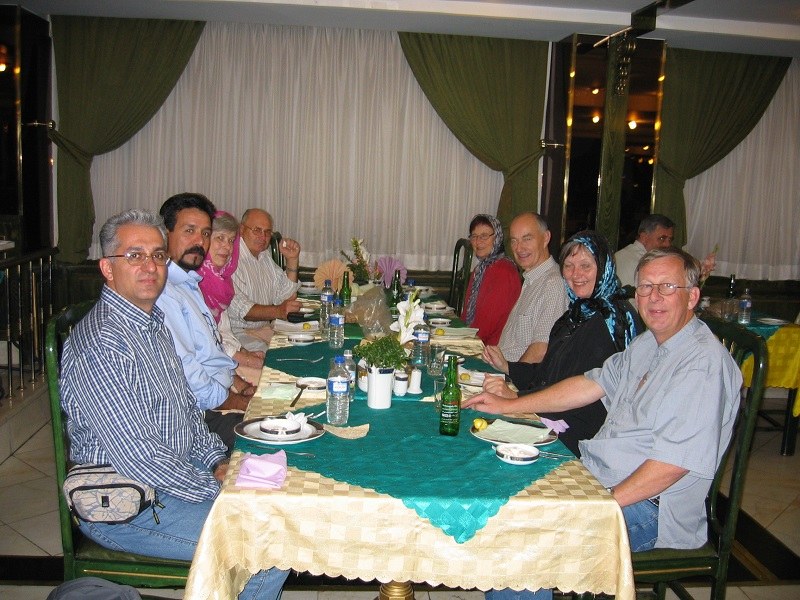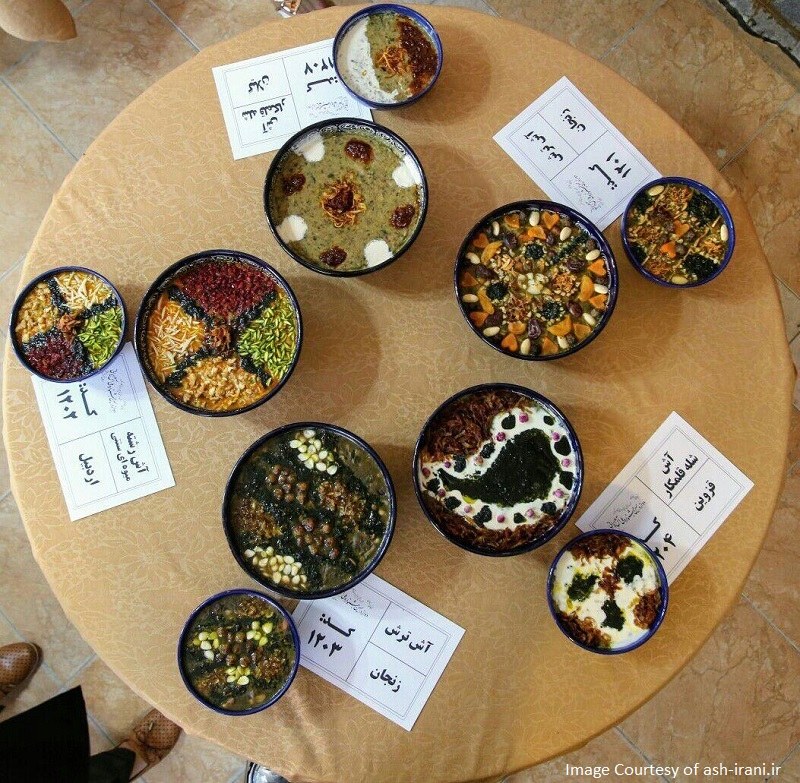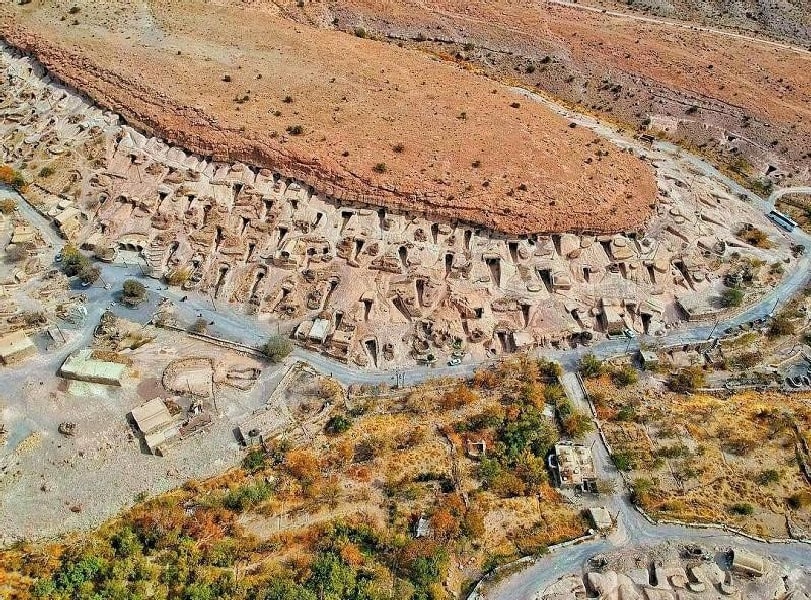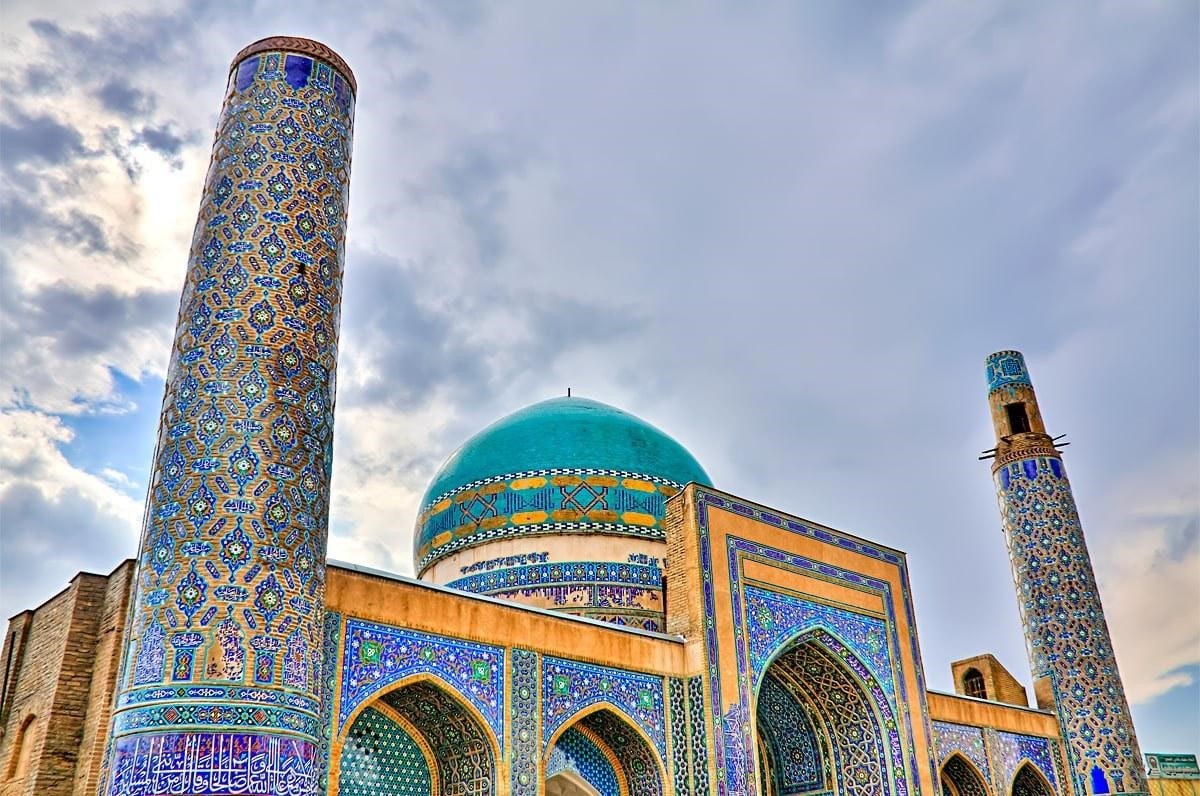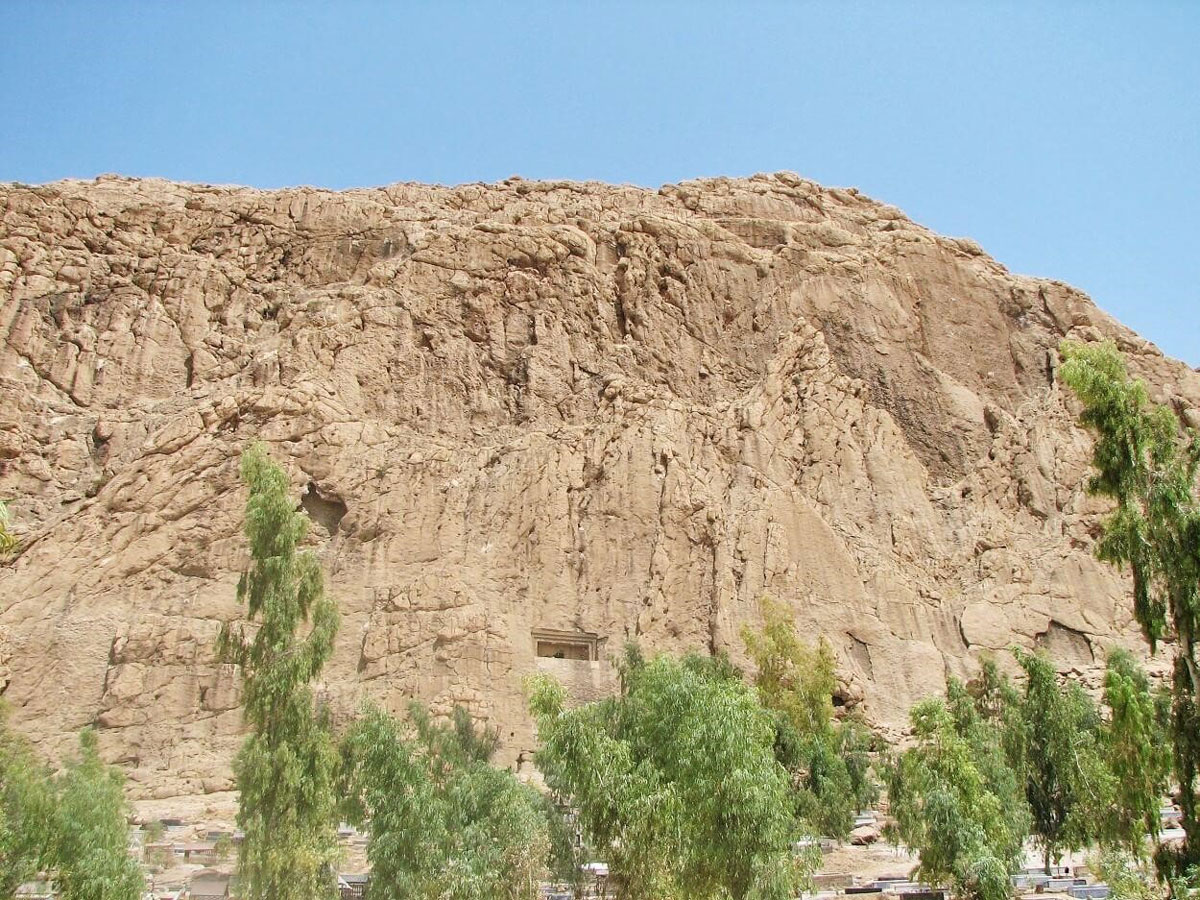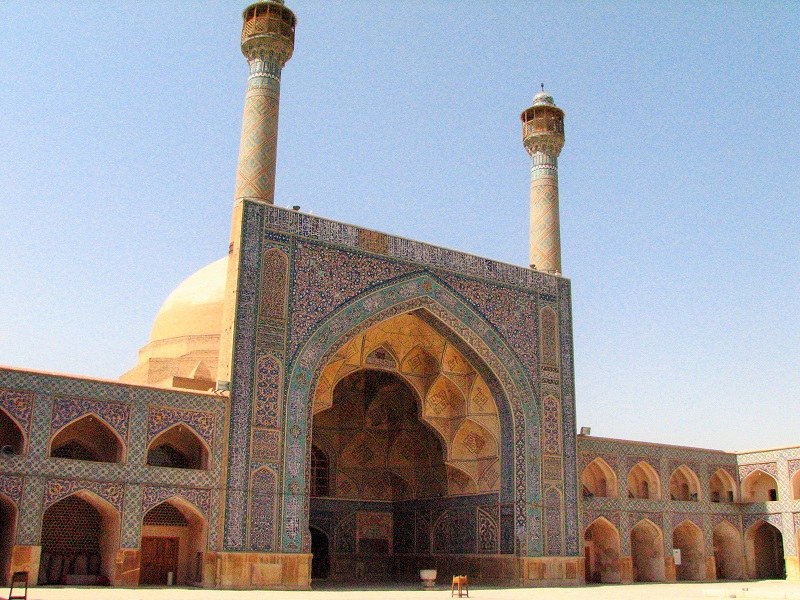
Masjed-e Jāmé of Esfahan, also known as Jame Mosque of Esfahan (Friday Mosque) or Atiq mosque, is one of the best examples of religious and ritual architecture in Iran. It has been listed as a World Heritage Site by UNESCO in 2012.
This mosque has showcased the history of Islamic architecture in Iran for centuries. As a well-documented monument, this ancient building can provide archaeologists and history enthusiasts with helpful insights into a better understanding of the Islamic architecture in Iran.
Masjed-e Jāmé of Esfahan could have been recognized as one of the best examples of Islamic architecture and has been used as a unique model in designing other mosques. Shabestāns (prayer halls and often underground spaces found in the traditional architecture of mosques) and beautiful stucco decorations, Iranian tile works, as well as calligraphy seen from any corner of the mosque, have revealed its uniqueness.
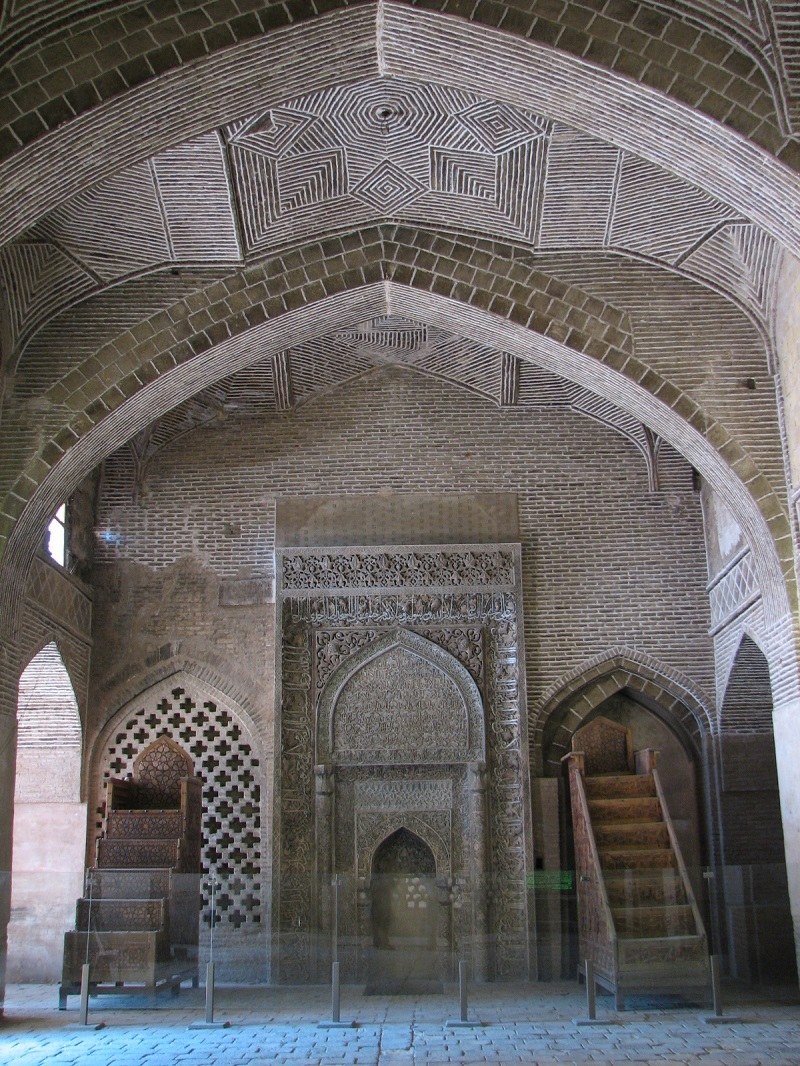
History of Jame Mosque of Esfahan
The mosque complex has evolved into its present condition through extended sections annexed during different historical periods. Therefore, this building cannot be attributed to a particular historical era. Archaeological excavations and historical evidence revealed that the mosque’s core structure dates back to pre-Islam Iran.
It is said that the building was first built as a fire temple, and it had been used to practice the religious rituals. The discovery of a column torus engraved with Sassanid motifs proves this assumption.
After the Muslim conquest of Persia and the Muslim rule in Iran, the building was restored and used as a mosque. During the Abbasid era, the architects constructed the mosque with fired and sun-dried bricks. However, many complexes have been constructed and added to the main structure of the mosque over the years.
Therefore, the evolution of Iranian architecture can be observed in this building. Thus, the building has covered the architectural styles from the Abbasid to Safavid periods and can play a significant role in understanding Islamic architecture in Iran.
The Architecture of the Jame Mosque of Esfahan
Since Iranian architects had followed their own architectural style in their constructions and designs, Iranian architecture has a clearly significant influence on the formation and development of Islamic architecture. The delicate and beautiful tile works at the entrance of the mosque have preserved their Islamic Iranian style and created an astounding sight for the mosque. Moreover, there are highly remarkable domes and forty-pillar halls in this complex.
The Jame mosque of Esfahan covers an area of more than 1040 meter squares. Architects have used circle patterns in designing different parts of the mosque. However, the pillars are of square cross-sections and engraved patterns.
The mosque has also several large rounded stone vessels (Sangabs) in the courtyard. The architect has designed Hexagon-shaped windows for the mosque. The stucco decorations above the windows perfectly represent the delicate features of the Safavid architecture and help to provide a more beautiful environment.
The stucco decorations at the mosque entrance hall directly represent the historical background of the mosque. They have the Dailamite origin and have remained in the mosque since the 10th century.
The Domes of The Atiq Mosque
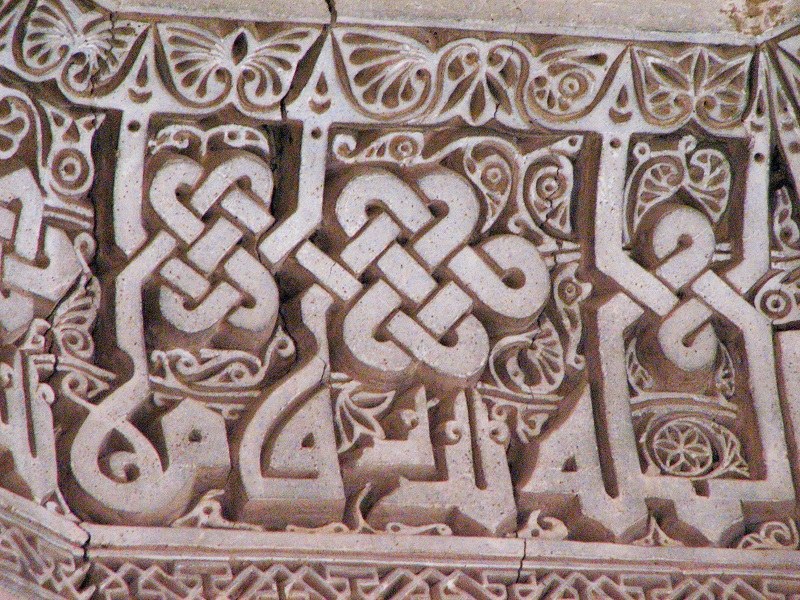
There are two main domes in the courtyard of the Atiq mosque. The first dome, which is located on the southern eyvan of the mosque, dates back to the Seljuk era. This brick dome clearly reflects the features of Seljuk architecture. The second dome, which is located on the northern side of the courtyard, is a masterpiece added to the mosque during the same monarchy era.
The Eyvans of The Atiq Mosque
The Esfahani architects have added Eyvans, another stunning part of the mosque, during various historical periods. These eyvans are:
- The Sahib eyvan on the southern side of the mosque
- The Dervish (mystic) eyvan on the northern side of the mosque
- The Ostad (master) eyvan on the western side of the mosque
- The Shagerd eyvan (Soffeh-e Shagerd) on the eastern side of the mosque
The Exclusive Tourist Attractions of Jame Mosque of Esfahan
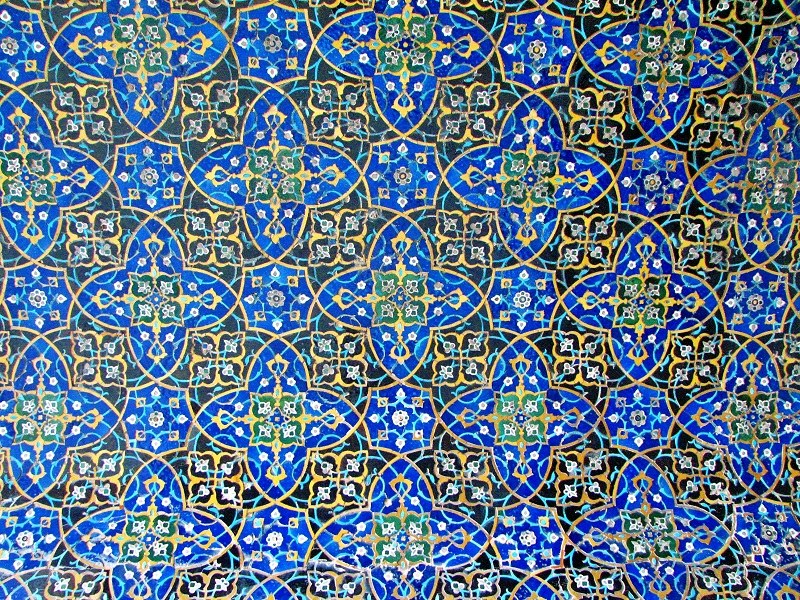
Sahib eyvan was built in the Atiq mosque during the Seljuk era. However, its stucco decorations belong to the Safavid period. The elaborate and beautiful tile works in Ostad (master) eyvan belong to the Seljuk era. These tile works, which are adorned with Thuluth and Nastaliq calligraphic scripts, have provided eye-catching scenes and represented the high skill of the artists.
The carved wooden minbars are a remarkable feature of the mosque and can be examined from different points of view. The delicate brick inscriptions in Kufic in the dome chambers of Mozafari Shabestān are breathtaking. They, in turn, provide another enthralling aspect of architectural beauty at this mosque.
Over the years, architects have annexed some sections to the main part of the mosque each of which represents elaborate and delicate architectural features. Some of these features are of different historical periods including the Seljuk, Abbasid, Safavid, Dailamite, etc. Therefore, the tourists who visit this monument can observe the Islamic architecture of Iran in this mosque in its best conditions.
For more World Heritage sites, go to:


